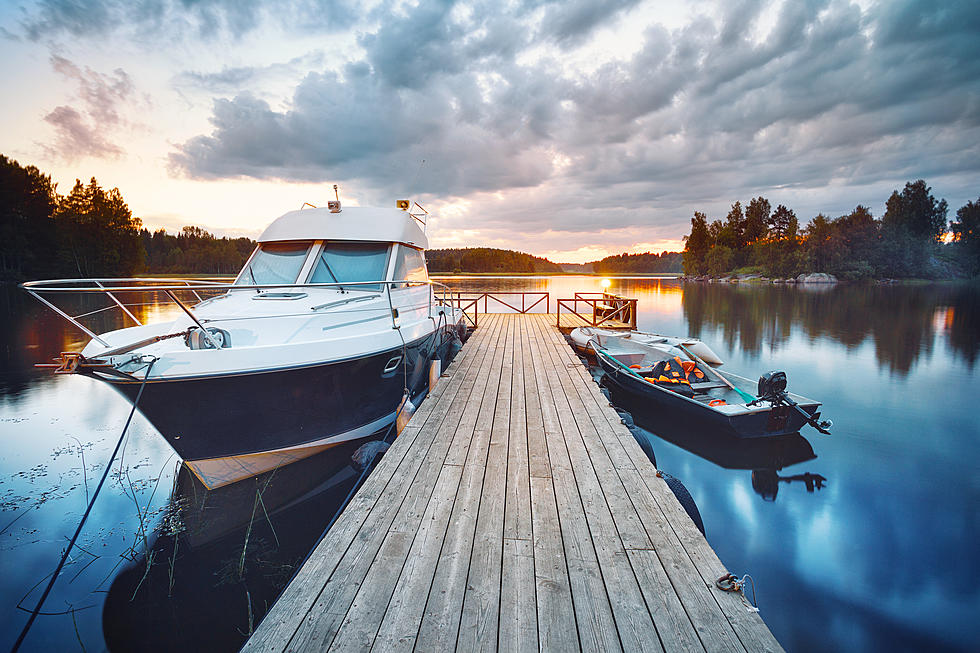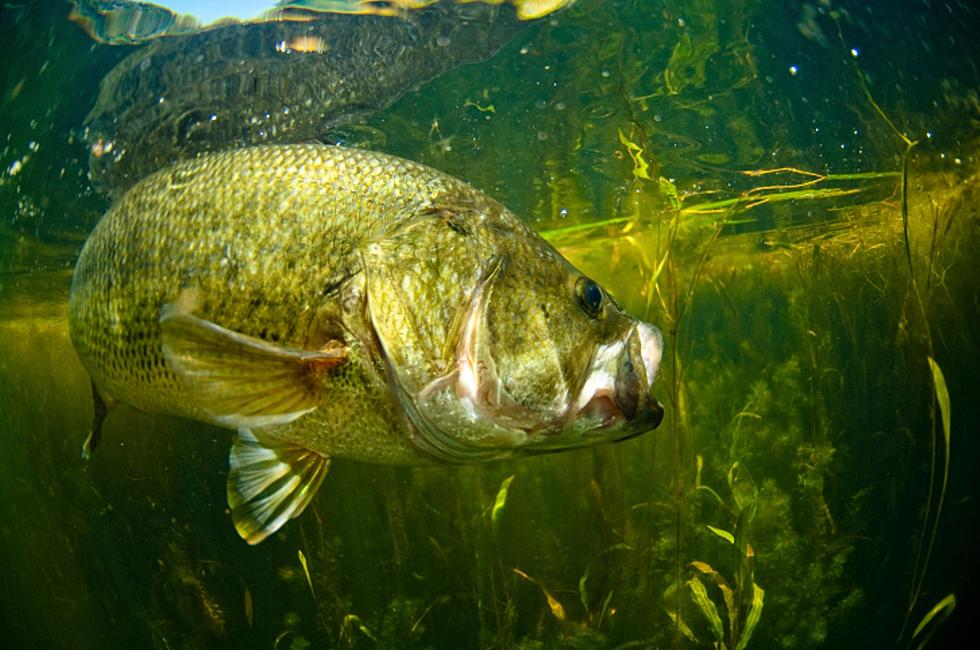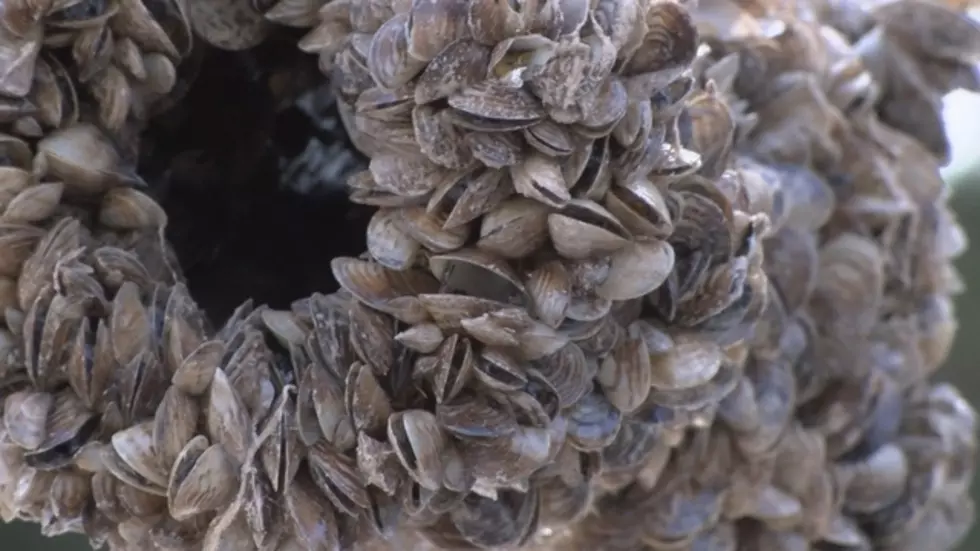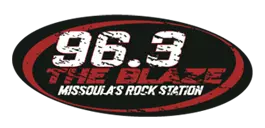
Watercraft Inspection Stations Open in Montana
Summer is rapidly approaching and Montanans are itching to get back on the water as soon as they can. As a result, Montana’s first watercraft inspection stations are opening for the 2021 season. FWP Region 2 Education and Program Manager Vivaca Crowser explains.
“It's definitely the time of the year where we're starting to think about getting our boats out again,” Crowser said. “Different fishing tournaments already started and people are getting ready for the season. That means our watercraft inspection stations are beginning to open. We had our first few open earlier this month. The Anaconda check station and the one in Ravalli on your way up to Flathead Lake from this part of Montana are both open now.”
Croswer explained what to expect when you stop at one of the required check stations.
“You pull into a check station. There are folks working there that will come up and greet you in your vehicle. In most cases, you just stay right in your vehicle. They're going to ask you some questions about where you've been boating last and where you're headed. Then they're going to take a look at your boat and just make sure they don't see anything that needs to be cleaned or investigated further.”
According to Crowser, watercraft inspection stations are Montana’s first line of defense to prevent the movement of aquatic invasive species, which can have devastating impacts on Montana waterways.
“It can really have a major impact,” Crowser said. “It doesn't take long for some of these invasive species to really get established in waterways and have impacts on our water systems, on the ecology of the lake, and then spread. Of course, most of our waters are connected to one another. Unfortunately, a lot of times when this happens in places, the invasive species doesn't stay contained to a small area and starts to spread. We really want to prevent that as best we can."
Crowser said there are great resources online to learn more about the importance of inspection stations and where find the closest one near you.
“You can go to the Fish, Wildlife and Parks website and there's also a website called CleanDrainDryMT.com,” Crowser said. “That's a really handy site. You can see a map of where these inspection stations are and all the tips on what to do to help keep our waterways safe.”
LOOK: The most expensive weather and climate disasters in recent decades
More From 96.3 The Blaze






